34 Red Flags to Watch Out for When Buying a Toyota
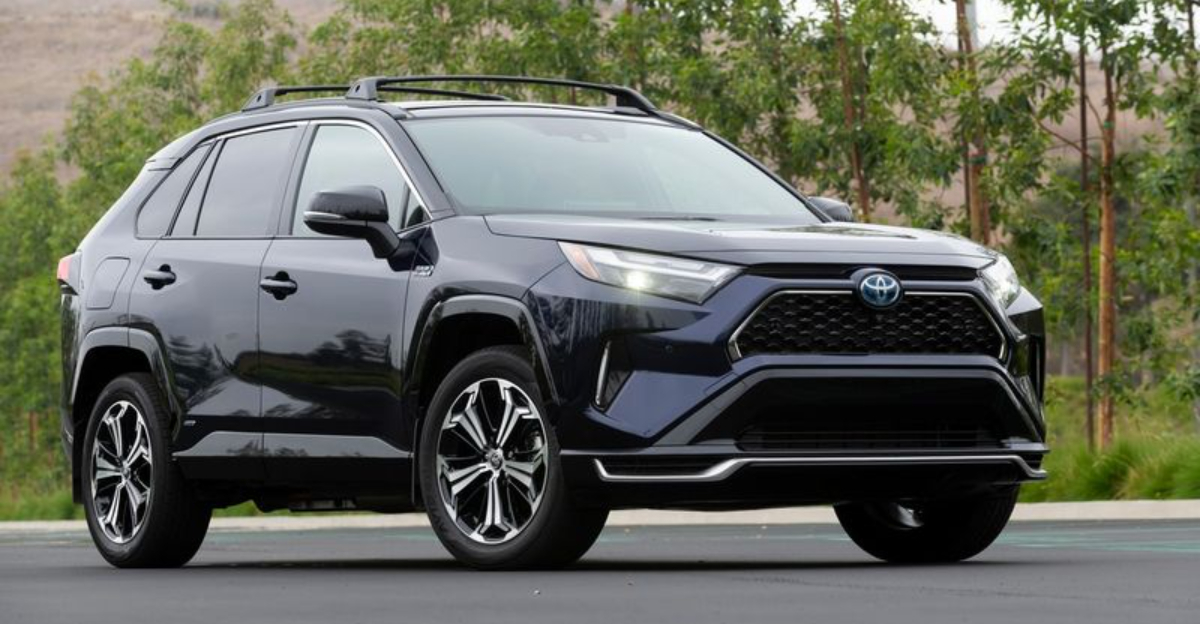
Buying a Toyota should be a smooth ride, but even the most reliable brands have their quirks.
I learned this the hard way when I went to buy a used Camry, convinced I was making the safest bet.
The car looked perfect on the outside, but the moment I got behind the wheel, it felt like the brakes were doing their best impression of a foghorn.
Turns out, I’d missed a few red flags, like the dodgy service records and the faint scent of burnt rubber.
Some Toyotas might look pristine, but underneath the hood, there could be a few surprises waiting for the right buyer to overlook.
1. Excessive Oil Consumption
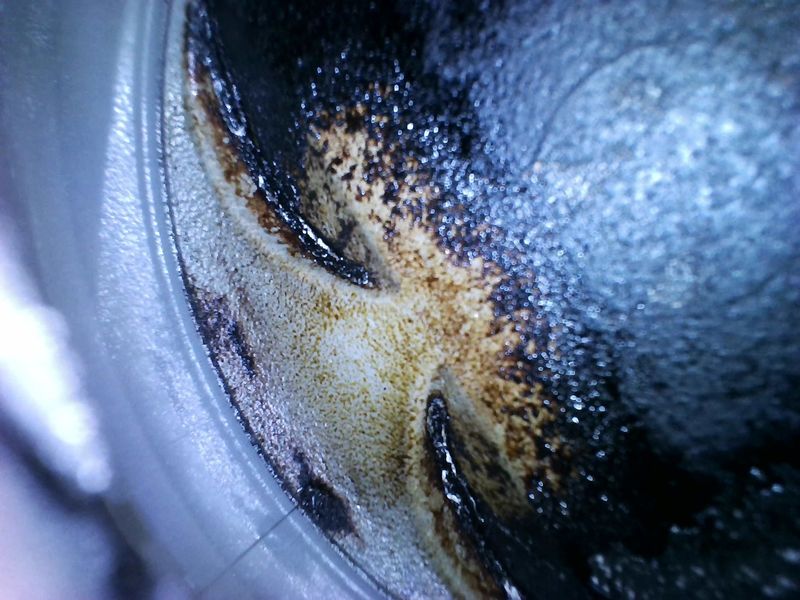
Some Toyota models manufactured between 2007-2013 developed a reputation for guzzling oil like college students down energy drinks during finals week.
The culprit? Faulty piston rings that allowed oil to seep into places it shouldn’t.
Check the dipstick before and after a test drive. A significant drop might indicate this expensive problem.
Ask the seller how often they need to add oil between changes—anything more frequent than every 1,000 miles is a major red flag.
2. Dashboard Cracks
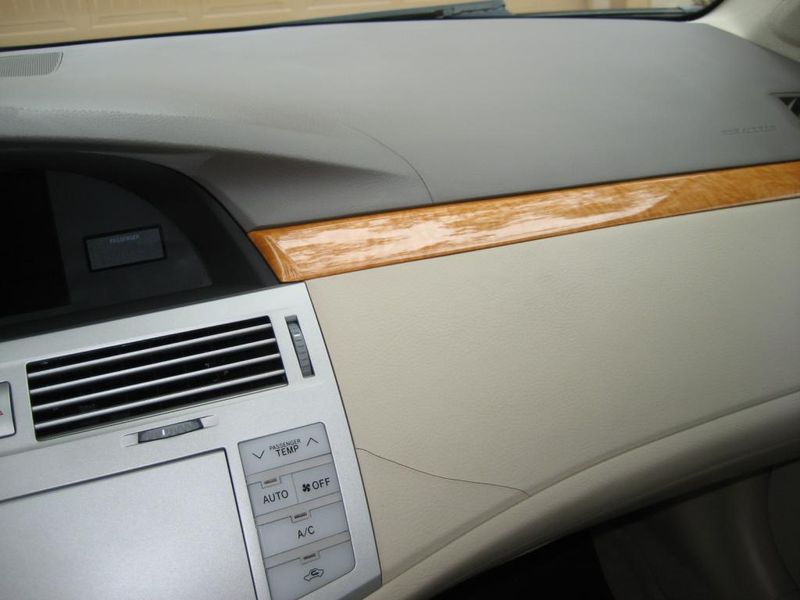
Cracked dashboards plagued many Toyotas from the 2003-2011 era, especially models parked regularly in sunny climates.
What starts as a tiny hairline fracture often grows into a dashboard Grand Canyon.
Run your fingers along the top surface—any roughness or visible splits mean expensive repairs ahead.
Toyota did offer a warranty extension program for this issue, but most have expired now. Replacement costs can easily exceed $1,000, making this cosmetic flaw a serious financial consideration.
3. Transmission Hesitation
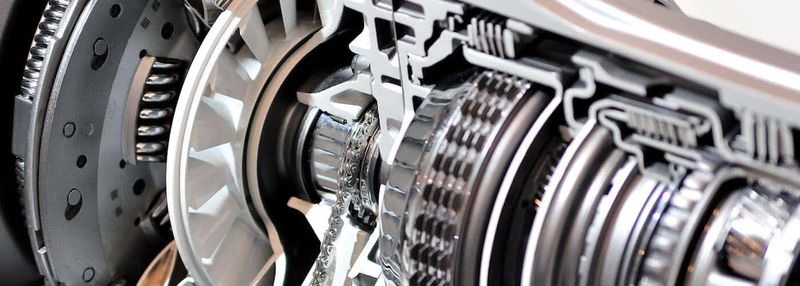
Feeling a moment of uncertainty when you press the gas? That hesitation might be your potential Toyota’s transmission waving a white flag.
Particularly common in 2001-2003 RAV4s and some Camry models, this pause between pressing the accelerator and actual movement spells trouble.
During your test drive, pay special attention when accelerating from a complete stop or when merging onto highways.
Any jerking, shuddering, or delayed response indicates transmission issues that could cost thousands to repair. Don’t let the seller dismiss it as “normal behavior.”
4. Rusty Frame
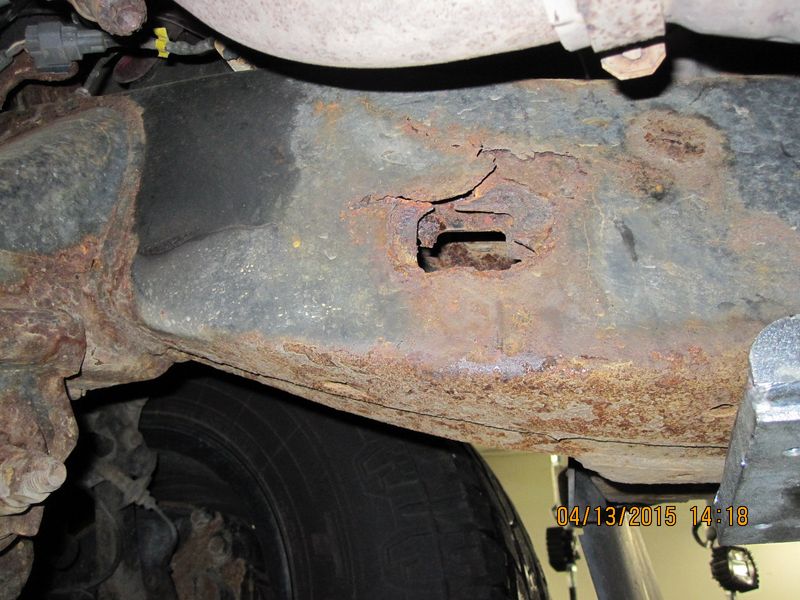
Toyota Tacomas and Tundras from certain years became infamous for frames that dissolved faster than sugar in hot coffee.
This wasn’t just cosmetic—it was a serious structural issue that prompted a massive recall.
Get down on your knees and look underneath with a flashlight. Bring a small hammer too. Gentle tapping that produces flaking or crumbling metal means big trouble.
Focus especially on the rear cross-member area where the spare tire mounts. Even minor rust here can indicate more extensive hidden damage.
5. Soy-Based Wiring
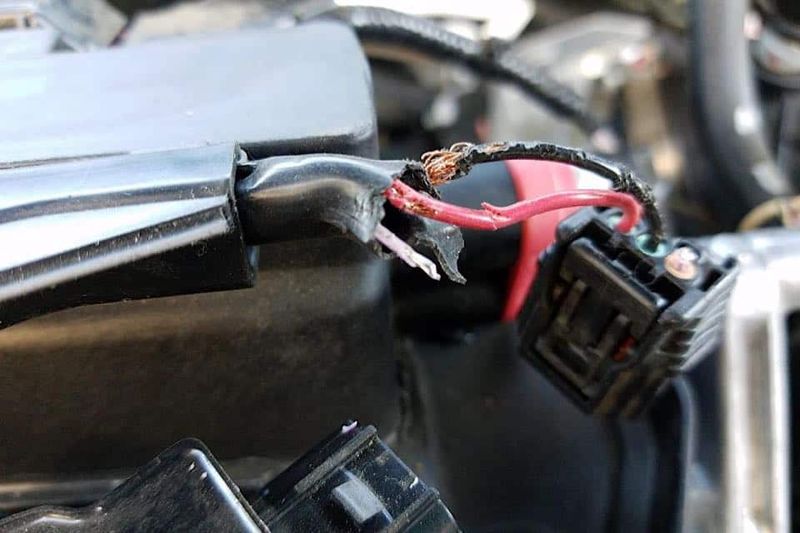
In an eco-friendly move that backfired spectacularly, Toyota switched to soy-based wiring insulation that turned their vehicles into rodent buffets.
Mice, rats, and squirrels find this wiring deliciously irresistible.
Check under the hood for chewed wires, rodent droppings, or makeshift nests. Look for electrical tape patches—these DIY repairs often hide previous rodent damage.
Wiring harness replacements can cost upwards of $2,000, and worse, these problems often create intermittent electrical gremlins that are nearly impossible to diagnose.
6. Water Pump Failure
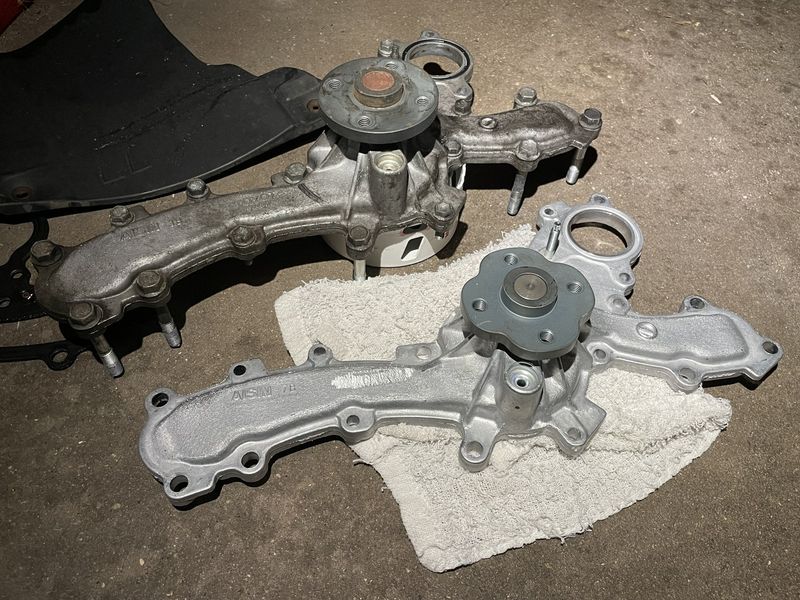
Many Toyota V6 engines have a water pump tucked inside the engine rather than mounted externally.
When these pumps fail, coolant leaks directly into the oil, creating a milkshake-like substance that spells disaster.
Check the oil dipstick—it should be amber or dark, never milky or foamy. The coolant reservoir should also be full and clean.
Water pump replacement on these models often requires significant engine disassembly, turning a normally straightforward repair into a $1,500+ job. Don’t skip this inspection!
7. Exhaust Manifold Cracks
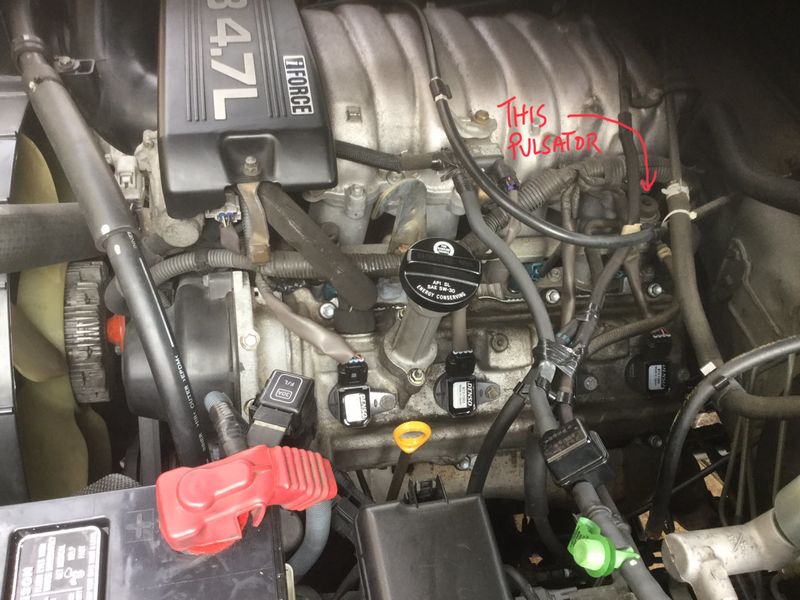
Listen carefully! That ticking noise from a Toyota V8 engine isn’t a time bomb—but it might as well be for your wallet.
Cracks in the exhaust manifold create distinctive ticking sounds that get louder as the engine warms up.
The 4.7L and 5.7L V8 engines in Tundras, Sequoias, and Land Cruisers are particularly prone to this issue. Beyond the annoying sound, cracked manifolds reduce power and efficiency.
Replacement costs typically run $1,000-1,500 per side, and yes, both sides often fail. Have a mechanic check with a stethoscope during inspection.
8. Stripped Head Bolts

Toyota’s 2AZ-FE engine found in 2002-2009 Camrys, RAV4s, and Solaras has an alarming tendency to strip head bolts.
This nightmare scenario leads to coolant leaks, overheating, and eventually, complete engine failure.
Check for coolant loss, mysterious overheating, or white smoke from the exhaust. Also look for signs of previous repairs around the cylinder head.
Smart owners address this preventively with upgraded bolts, but many cars still have the ticking time bombs installed. Repair costs often exceed $3,000 when heads get damaged.
9. Faded Paint and Clear Coat Issues
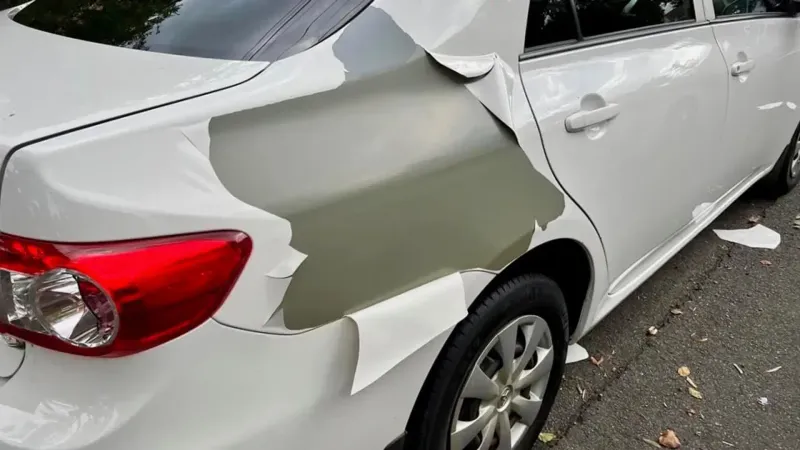
Red and white Toyotas from the early 2000s often look like they’ve been left in a tanning bed too long. The clear coat peels away, leaving a chalky, faded finish that no amount of waxing will fix.
Examine the roof, hood, and trunk—these horizontal surfaces show damage first. Run your hand along the paint; a rough, sandpaper-like texture indicates clear coat failure.
While primarily cosmetic, this issue dramatically reduces resale value and costs $2,000-4,000 for professional repainting. Don’t be fooled by fresh wax that temporarily masks the problem.
10. Sticky Dashboard Syndrome
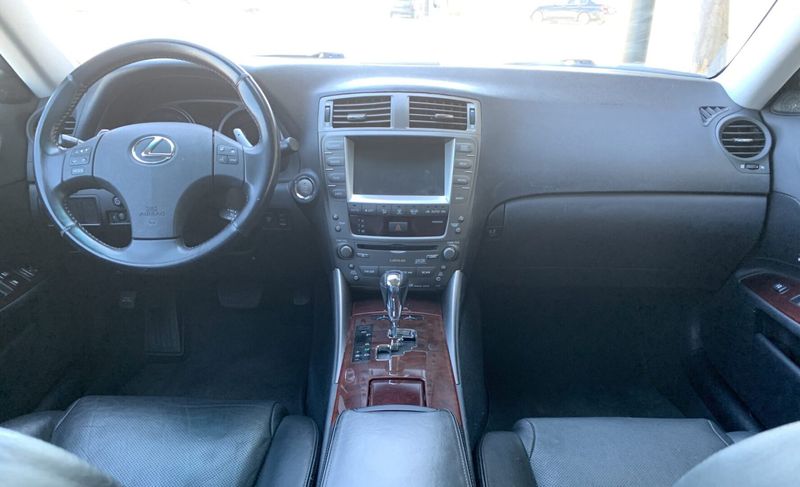
Certain Toyota models from 2006-2013 developed dashboards that turned into flypaper on hot days.
This bizarre condition results from improper curing of the dashboard material, creating a perpetually tacky surface that collects dust, hair, and debris.
Press your fingertip against inconspicuous dashboard areas—genuine stickiness indicates this problem. Beyond being gross, these dashboards eventually deteriorate completely.
Toyota offered limited warranty extensions for some vehicles, but most have expired. Replacement costs hover around $1,500, not including labor.
11. ABS Module Failure
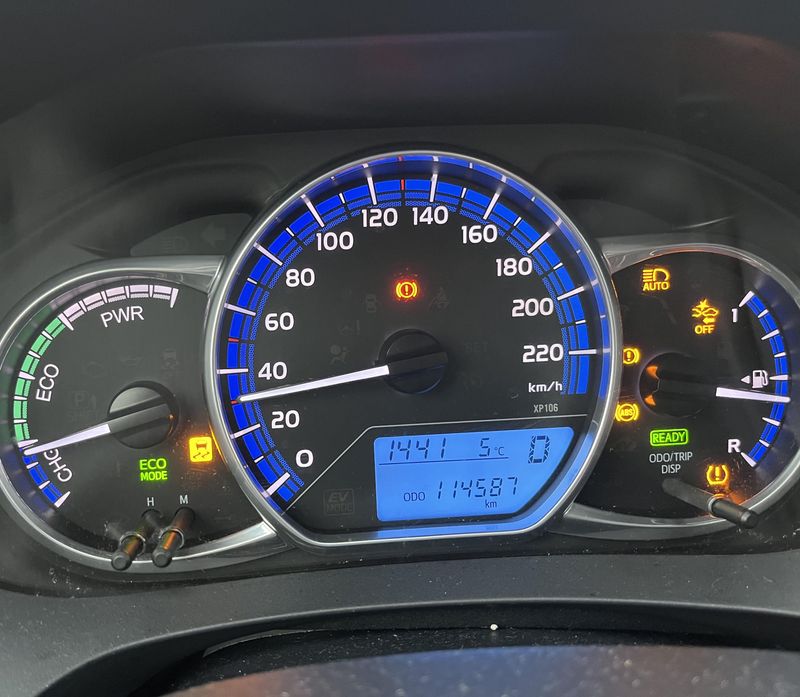
Sudden illumination of multiple warning lights—ABS, VSC, TRAC OFF, and the dreaded Check Engine—often indicates ABS module failure in many Toyota models.
The 2007-2011 Camry, Avalon, and Highlander are notorious for this issue. These failures create dangerous situations where critical safety systems become disabled.
The repair isn’t cheap either, with new modules costing $1,000+ before programming.
Always check for these warning lights during test drives, and don’t trust sellers who claim “it’s just a sensor” or cover the dashboard with conveniently placed decorations.
12. Oil Gel Formation
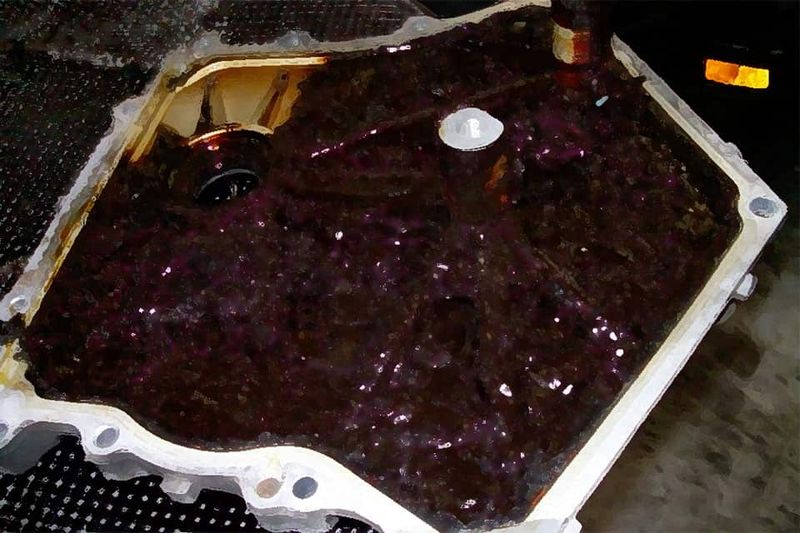
Toyota’s 3.0L V6 engines found in Camrys, Avalons, and Highlanders from the late 1990s and early 2000s became infamous for oil sludge issues.
Poor maintenance combined with design flaws created perfect conditions for oil to transform into a gel-like substance.
Check the oil cap and filler neck for black, sticky deposits. Sludge buildup restricts oil flow, eventually starving the engine of lubrication.
Even well-maintained examples can develop this problem. Complete engine failure often results, with replacement costs exceeding $5,000.
Toyota extended warranties for some affected vehicles, but most have expired.
13. Oxygen Sensor Failures
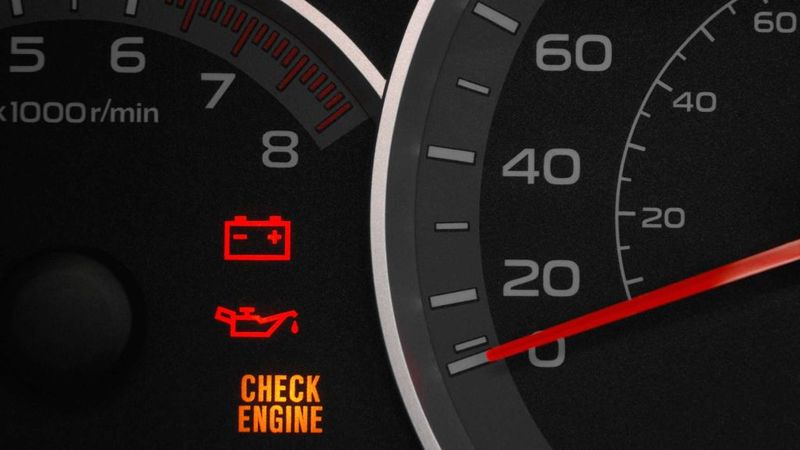
Faulty oxygen sensors plague many Toyota models, especially those with higher mileage. When these sensors fail, they trigger check engine lights and cause poor fuel economy, rough idling, and emissions problems.
Ask to see maintenance records for sensor replacements. Most Toyotas have multiple sensors, and when one fails, others often follow soon after.
Replacement costs run $200-400 per sensor including labor.
While not catastrophic, these recurring failures add up quickly and can mask more serious problems. Consider budgeting for replacement if buying a Toyota with over 100,000 miles.
14. Airbag Recall Status
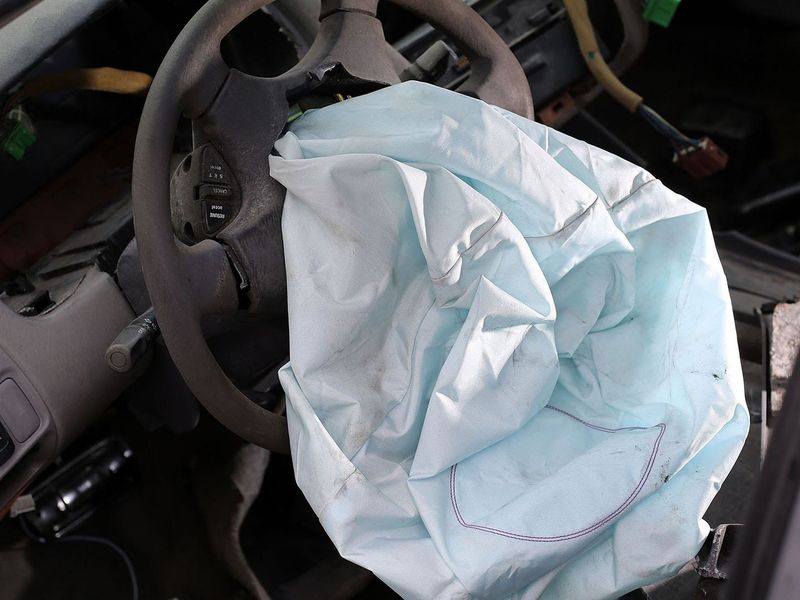
Millions of Toyotas were affected by the massive Takata airbag recall—potentially the largest automotive recall in history.
These defective airbags can deploy with excessive force, sending metal fragments flying through the cabin.
Check the VIN on Toyota’s recall website to verify if the vehicle needs airbag replacement and whether it’s been completed.
Many older models still haven’t had this critical safety repair performed. Some unscrupulous sellers specifically target uninformed buyers to offload vehicles with open recalls.
15. Sunroof Drainage Problems
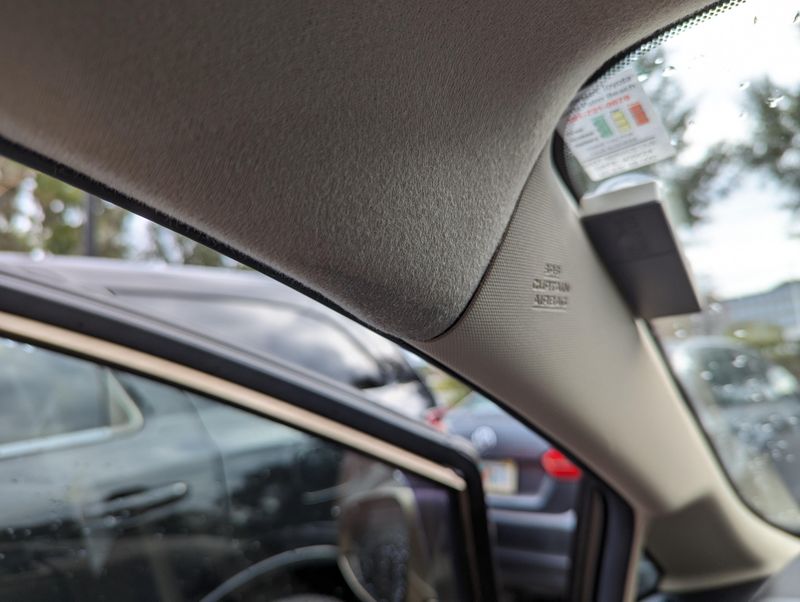
Water leaks around Toyota sunroofs often indicate clogged drain tubes.
This seemingly minor issue can cause major electrical damage when water seeps into control modules typically mounted under the dashboard or seats.
Check headliners for water stains, especially around the sunroof edges and pillars. Musty odors also signal water intrusion.
Test all power features thoroughly, as intermittent electrical problems often result from water damage.
While drain cleaning itself is inexpensive, the resulting electrical damage can run into thousands if control modules have been affected.
16. Suspension Clunking Noises
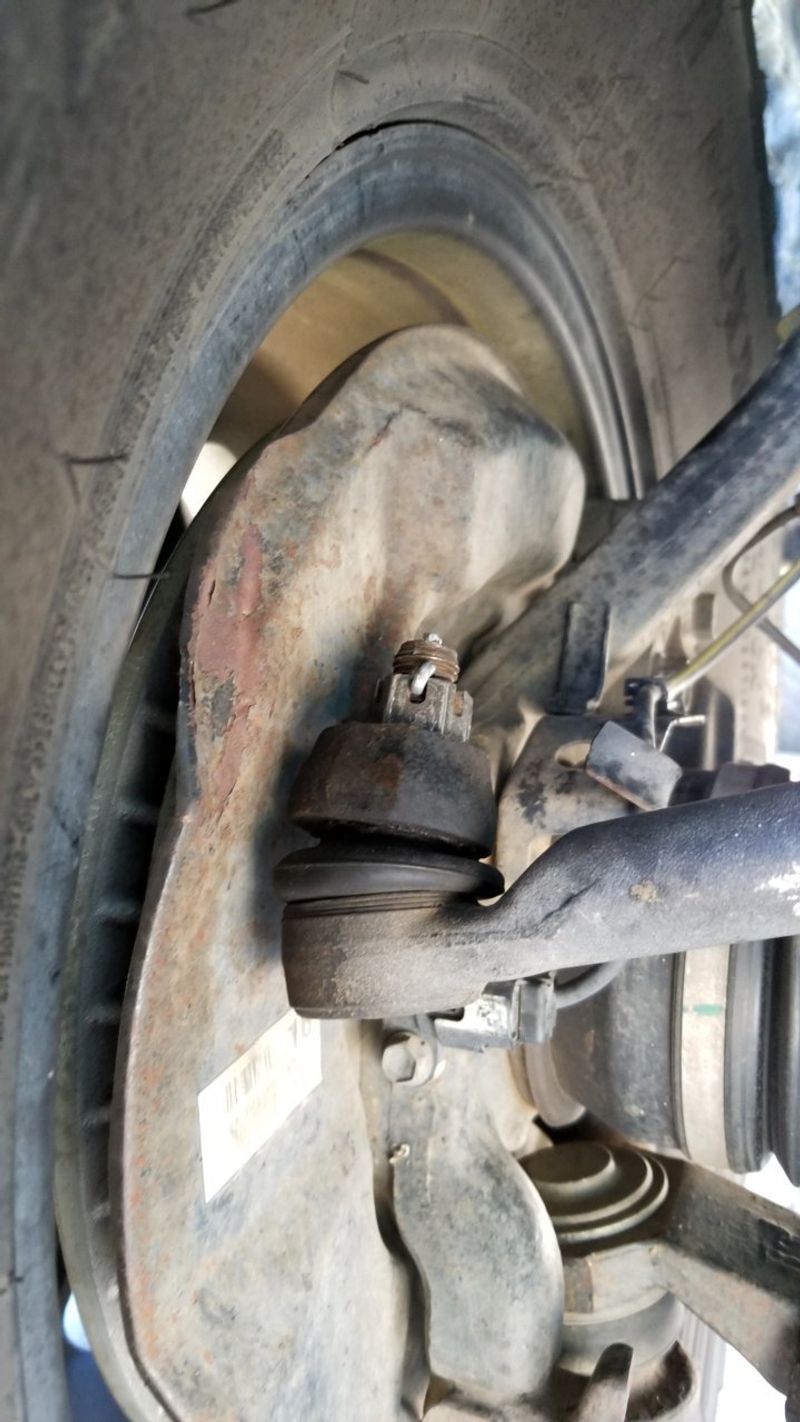
Many Toyota SUVs and trucks develop distinctive clunking noises from their front suspensions.
The culprits are usually worn lower ball joints, control arm bushings, or sway bar links that have deteriorated prematurely.
Drive over speed bumps slowly and listen for knocks or clunks. Also, try rocking the vehicle from side to side when stopped—any noise suggests worn components.
While not immediately dangerous, these issues worsen over time and eventually affect handling and tire wear. Budget $500-1,000 for comprehensive suspension refreshing if these symptoms appear.
17. Stretched Timing Chains
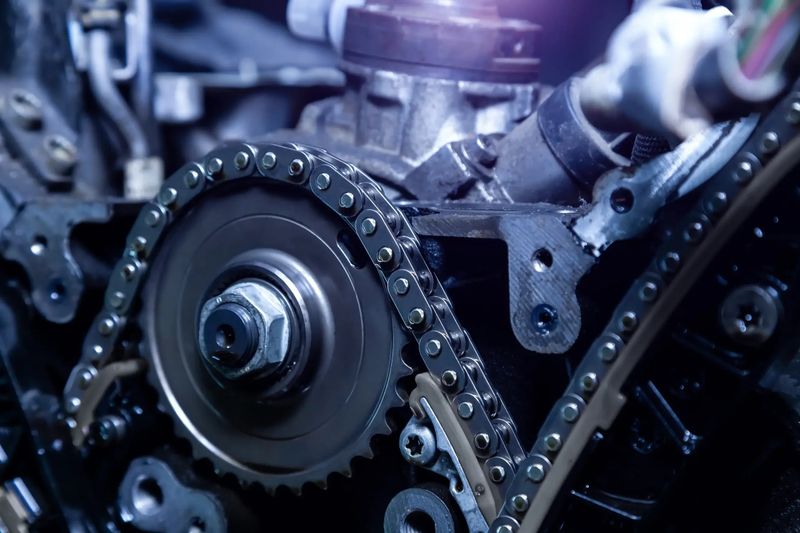
Toyota’s 2.4L engines found in RAV4s, Camrys, and Solaras from 2002-2009 often develop stretched timing chains.
Unlike timing belts with recommended replacement intervals, these chains are supposed to last the engine’s lifetime—but frequently don’t.
Listen for a rattling noise at startup that diminishes as the engine warms. This indicates the timing chain tensioner is struggling to take up slack in a stretched chain.
Ignoring this problem eventually leads to engine damage when timing jumps. Replacement costs around $1,500 but prevents much costlier repairs later.
18. Hybrid Battery Deterioration

Toyota Prius and other hybrid models eventually face the inevitable: hybrid battery pack degradation.
While impressively durable, these packs typically begin showing age-related performance issues between 150,000-200,000 miles.
Watch for decreased fuel economy, battery level fluctuations, and the engine running more frequently than normal. Also check for hybrid system warning lights.
Factory replacement packs cost $2,000-3,500 installed. Aftermarket rebuilds offer savings but vary in quality. Always verify the manufacturing date of any hybrid’s battery pack before purchase.
19. Rear Differential Leaks
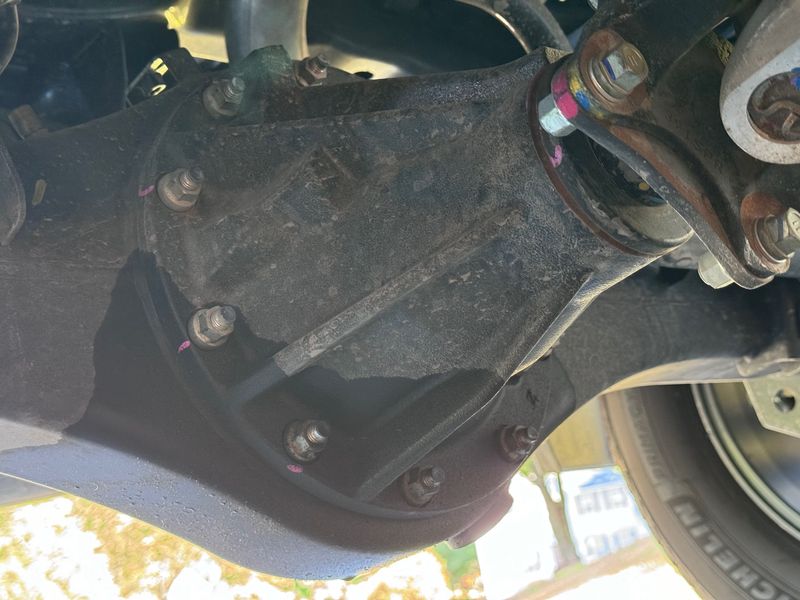
Toyota trucks and SUVs frequently develop rear differential seal leaks, particularly in models with the 8-inch differential.
This slow seepage often goes unnoticed until significant damage occurs from running low on gear oil.
Inspect the bottom and back of the differential housing for reddish-brown stains or accumulated grime. Differential whine during acceleration or deceleration indicates internal damage has already begun.
Seal replacement costs around $400, but if caught too late, a complete differential rebuild can exceed $2,000. Always check differential fluid level and condition before purchase.
20. Evaporator Core Failures

When a Toyota’s air conditioning blows warm on hot days, the likely culprit is a failed evaporator core.
This component tends to develop tiny leaks in many models, particularly Corollas and Camrys from the early 2000s.
Check for AC performance that starts cold but gradually warms. Also watch for excessive moisture under the passenger floor mat, indicating condensation drainage problems.
Replacement requires complete dashboard removal, turning a $200 part into a $1,200+ repair. Some sellers strategically show vehicles in cool weather to hide this expensive problem.
21. Failing Ignition Coils
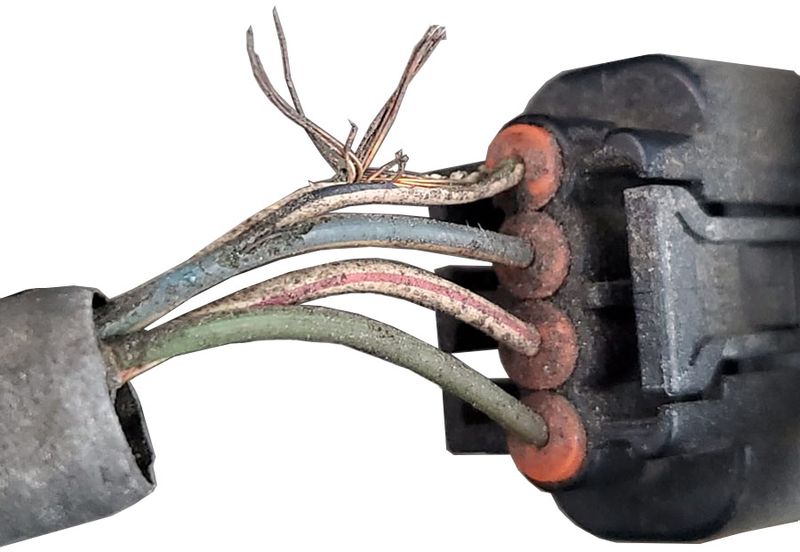
Toyota’s ignition coils—especially in 4-cylinder models—have a frustrating habit of failing sequentially rather than all at once.
First, one cylinder misfires, then months later, another follows suit.
During your test drive, accelerate hard from a stop and watch for hesitation, stumbling, or check engine light flashing.
These symptoms point to ignition coil problems. While individual coil replacement isn’t expensive (about $150 installed), the pattern of recurring failures every few months becomes both annoying and costly.
Consider replacing all coils preventively if two have already failed.
22. Excessive Brake Dust
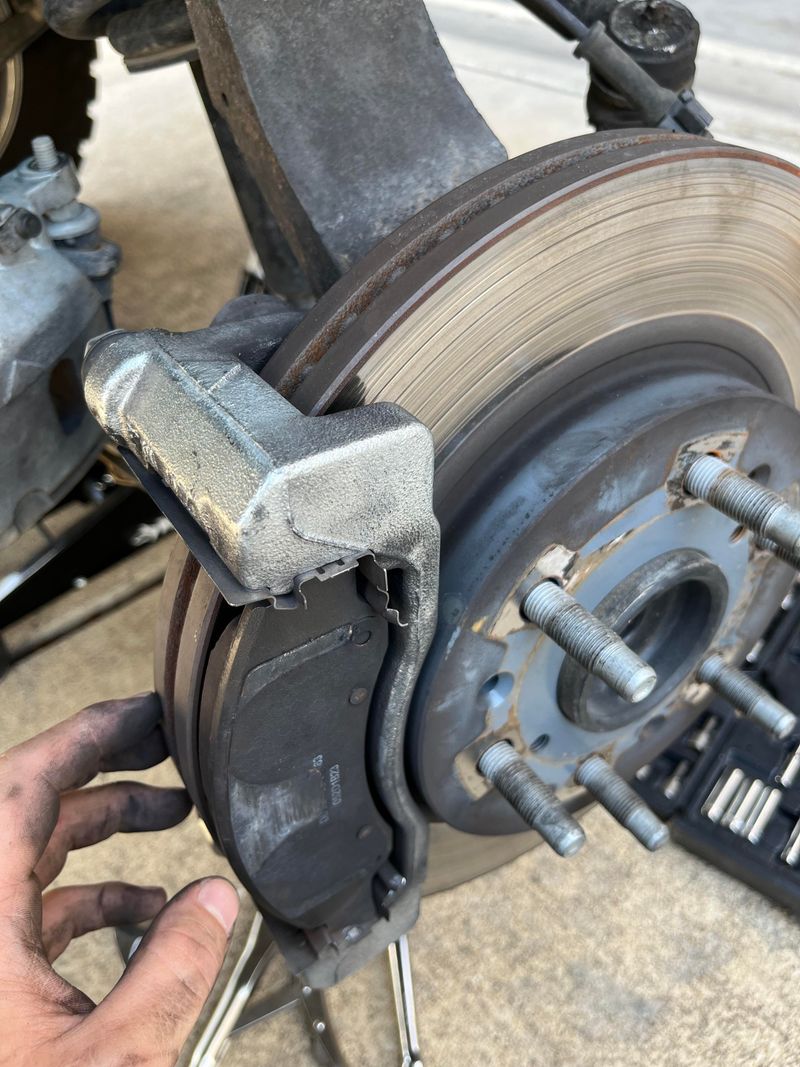
Certain Toyota models, particularly the Camry and Avalon, develop a reputation for producing excessive brake dust.
This isn’t just a cosmetic issue—it indicates premature brake pad wear or poor-quality replacement parts.
Examine all four wheels for black dust buildup. Uneven dust distribution suggests alignment problems or stuck calipers.
Factory Toyota brake pads typically last 50,000+ miles, so significant wear before this milestone indicates potential problems.
Budget $300-500 for quality brake service if dust buildup seems excessive compared to vehicle mileage.
23. Tailgate Handle Breakage
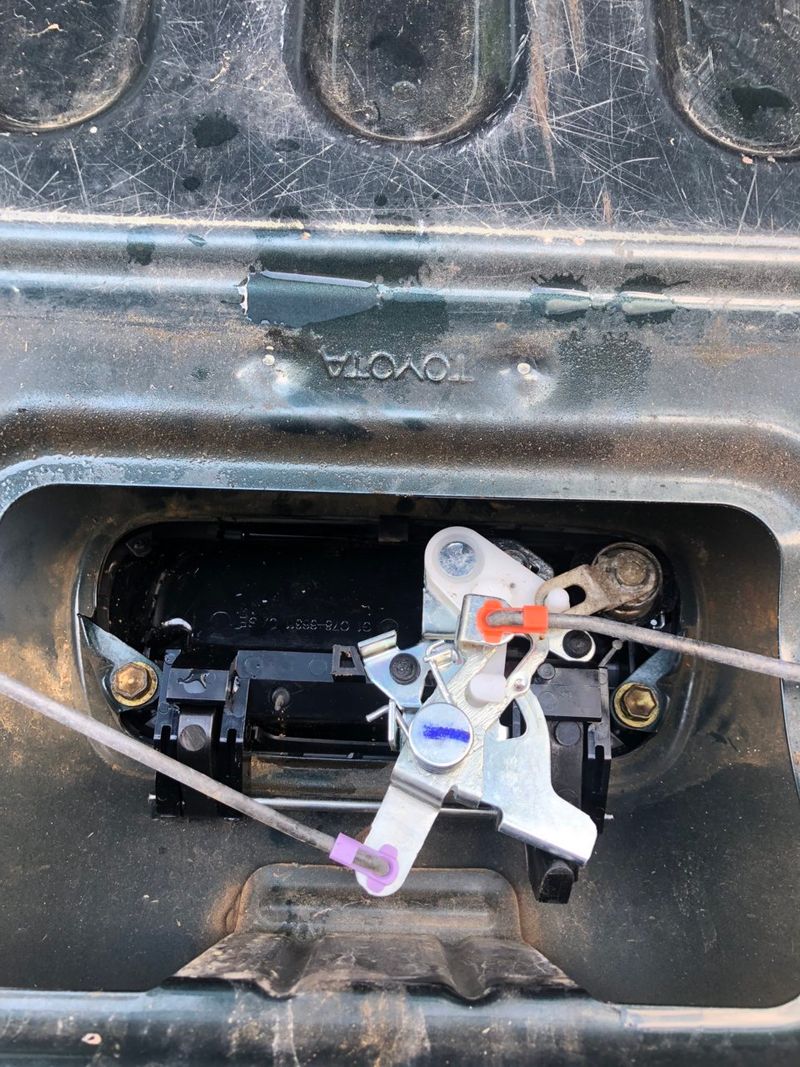
Toyota pickup owners know the frustration all too well—plastic tailgate handles that snap off at the most inconvenient times.
This common failure affects Tacomas and Tundras across multiple generations. Test the tailgate mechanism several times, feeling for excessive play or cracking sounds.
Look for signs of previous repairs or reinforcement—these indicate the original already failed.
Replacement handles cost around $150 installed, but aftermarket metal upgrades ($200-300) provide a permanent solution.
24. Power Steering Pump Whine
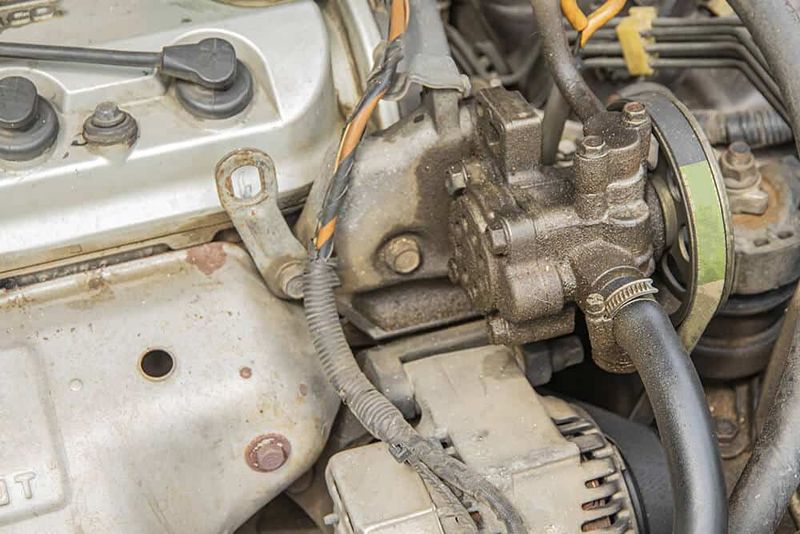
A distinctive whining noise when turning the steering wheel often signals a failing power steering pump in many Toyota models. This high-pitched complaint typically starts intermittently before becoming constant.
Turn the steering wheel lock-to-lock with the engine running, listening for unusual noises. Also check the power steering fluid—it should be clear or light amber, never dark brown or containing metal particles.
Replacement pumps cost $400-700 installed. Sellers sometimes mask this issue by adding stop-leak products that temporarily quiet the pump but don’t fix underlying problems.
25. Fuel Pump Failures

Toyota issued a massive recall for fuel pumps in 2020 covering nearly 2 million vehicles. These defective pumps can cause engines to stall unpredictably—a terrifying prospect at highway speeds.
Verify recall completion through Toyota’s website using the VIN. Symptoms include hesitation during acceleration, engine running roughly, or stalling.
Even if the recall was performed, ask about any previous stalling incidents.
This issue affected dozens of models made between 2013-2020, including popular Camry, RAV4, and Highlander vehicles. Safety should never be compromised for a good deal.
26. Automatic Transmission Torque Converter Shudder
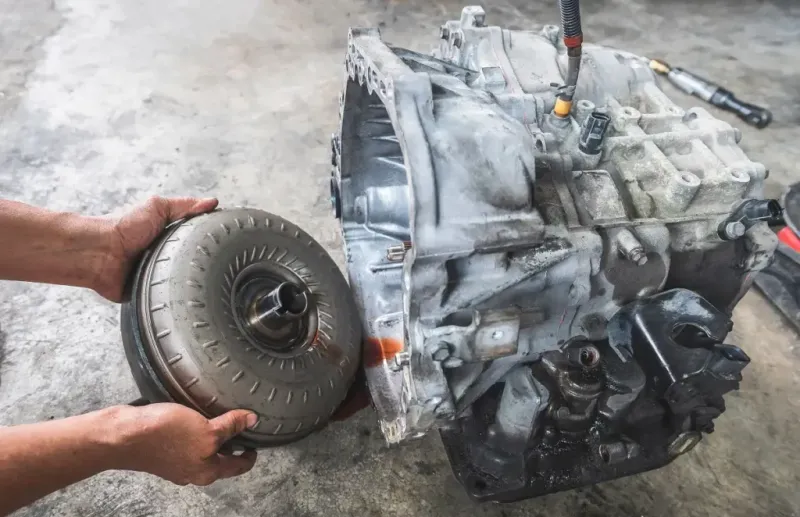
Many Toyota 6-speed automatic transmissions develop a distinctive shudder between 25-50 mph, feeling similar to driving over rumble strips.
This torque converter lockup issue plagues numerous models including the Highlander, Sienna, and Avalon.
During your test drive, pay special attention during light acceleration in this speed range. The vibration often disappears when you press the gas harder or release it completely.
Transmission fluid changes sometimes resolve the issue, but many cases require torque converter replacement costing $1,500-2,000. Don’t accept “they all do that” as an excuse.
27. Starter Motor Click
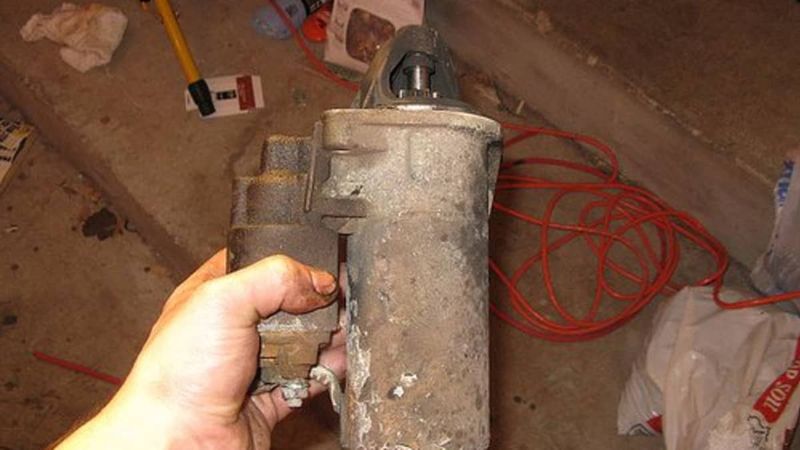
Nothing ruins a Toyota owner’s day faster than the dreaded click-click-click when turning the key. While failed batteries cause most no-start conditions, Toyota starters themselves often fail after 100,000 miles.
Listen carefully during startup—a healthy starter engages smoothly without hesitation. Multiple rapid clicks suggest a failing starter solenoid.
Replacement costs around $400-600 installed. Some sellers temporarily “fix” bad starters by tapping them with a hammer before showing the car, so always insist on cold-start tests when inspecting higher-mileage Toyotas.
28. Interior Trim Separation
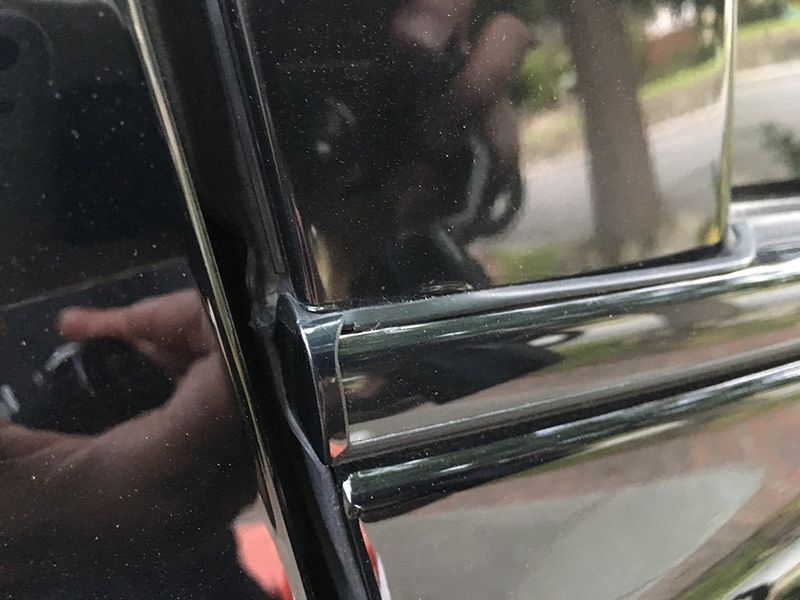
Toyota dashboards and door panels from the mid-2000s often develop a peculiar ailment: the outer vinyl layer separates from the underlying substrate, creating bubbles or waves in the surface.
Heat acceleration accelerates this deterioration. Run your hand along door panels and dashboard surfaces, feeling for soft spots or bubbling. Check around air vents and edges where separation typically begins.
While not affecting functionality, this cosmetic issue significantly impacts resale value and worsens over time. Replacement parts are expensive—door panels alone cost $300-500 each, not including installation.
29. Brake Actuator Failures
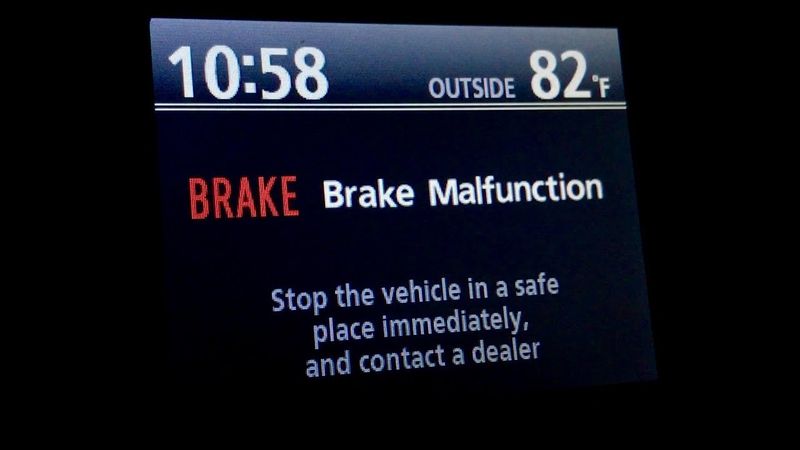
Toyota hybrids use a specialized brake actuator that combines traditional hydraulic brakes with regenerative braking.
When this complex component fails, multiple warning lights illuminate and braking performance becomes unpredictable.
Test the brakes at different speeds, noting any sponginess, grinding, or warning lights. The brake pedal should never pulsate during normal stopping.
Actuator replacement costs a jaw-dropping $2,500-3,500 at dealerships. This common failure affects Prius, Camry Hybrid, and other Toyota hybrid models, typically appearing between 80,000-120,000 miles.
30. Seized Brake Calipers
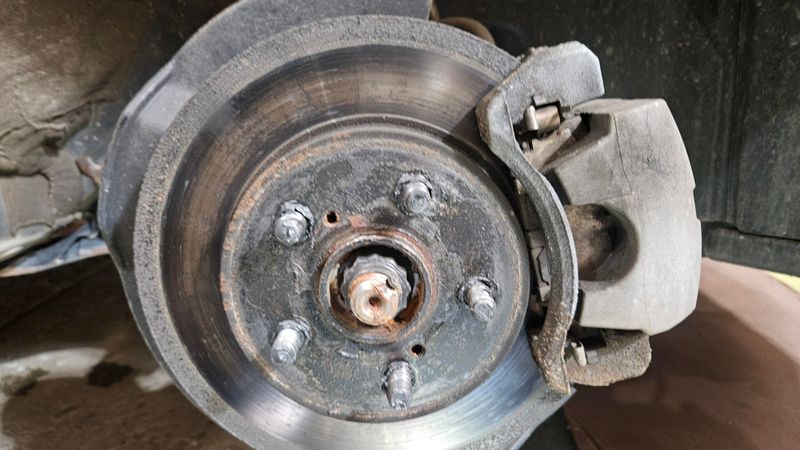
Toyota vehicles operated in snowy regions frequently develop seized brake calipers due to corrosion.
The sliding pins and piston boots deteriorate, allowing moisture intrusion that eventually freezes the caliper in place.
Check for uneven brake pad wear and rotor scoring. Also, feel each wheel after a test drive—a significantly hotter wheel indicates a dragging brake.
Beyond poor fuel economy, this condition creates dangerous braking imbalances and accelerates wear on other components.
Complete caliper replacement runs $250-350 per corner, often needed on both sides of an axle.
31. Excessive Tire Wear
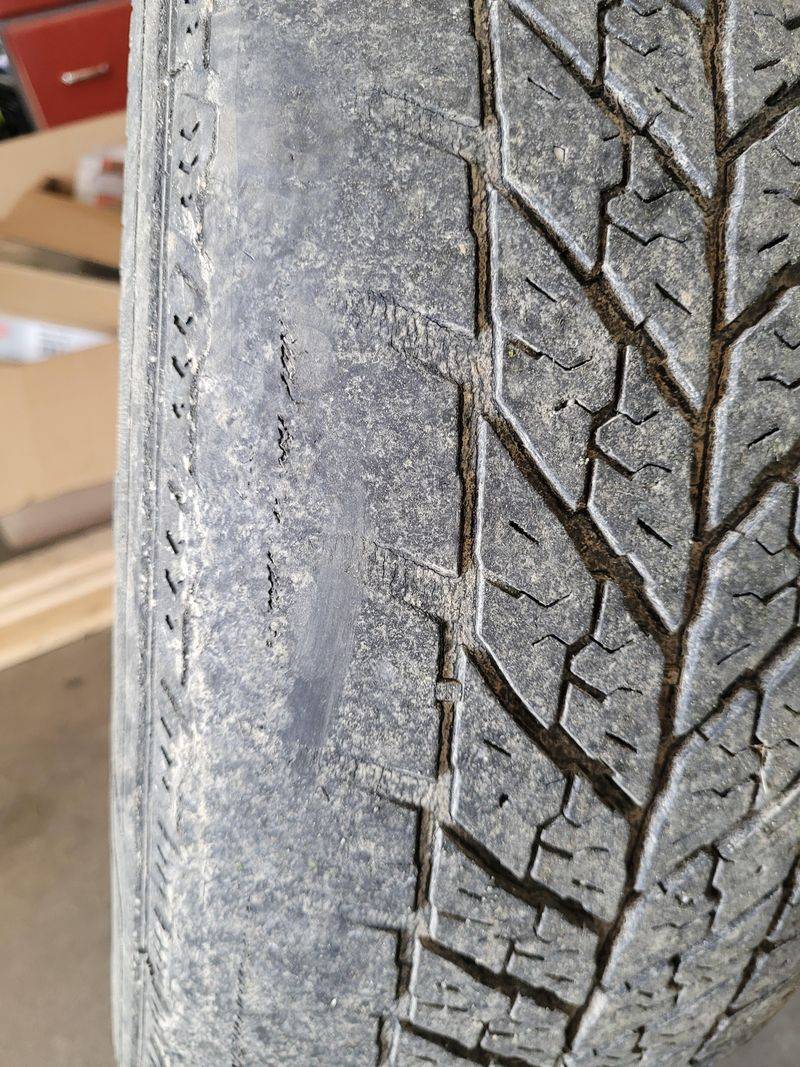
Certain Toyota models develop alignment issues that create abnormal tire wear patterns.
The Camry and Avalon are particularly prone to negative camber wear, while RAV4s often develop inner edge wear from suspension geometry.
Examine all four tires carefully, looking for uneven tread depth across the width of each tire.
Feathered edges, cupping, or inner/outer edge wear all indicate alignment problems that may stem from worn components or design limitations.
Budget $500+ for comprehensive alignment including any needed suspension parts. Proper alignment saves thousands in premature tire replacements.
32. Throttle Body Contamination

Many Toyota engines develop carbon buildup in the throttle body, causing rough idle, stalling, and hesitation.
This issue affects both port and direct injection engines, though direct injection systems suffer more severely.
Watch for unstable idle speeds, especially when the air conditioning activates. Also note any hesitation when accelerating from a stop.
Professional cleaning costs $150-300 but dramatically improves drivability. Severe contamination sometimes requires throttle body replacement at $500+.
Regular cleaning every 30,000 miles prevents most problems.
33. Drooping Headliner

Toyota models from the early 2000s often suffer from headliner adhesive failure, causing the fabric to sag down like a droopy ceiling.
Hot climates accelerate this deterioration, with corners and edges typically failing first.
Look up at the ceiling, especially around sunroofs, dome lights, and rear corners. Gently press suspicious areas—any movement indicates failing adhesive.
Professional replacement costs $300-500, while DIY repairs rarely last. This cosmetic issue doesn’t affect safety but creates an impression of overall neglect that might indicate other maintenance shortcuts.
34. Inconsistent Service History

Toyota’s reputation for reliability often leads to a dangerous assumption: that maintenance can be postponed or skipped entirely.
This misconception leads to premature failures that wouldn’t occur with proper servicing.
Request complete maintenance records and verify oil change intervals. Many Toyota engines require synthetic oil and specific change intervals that, when ignored, lead to sludge formation.
Also check timing belt replacement on applicable models—this catastrophic failure point is often overlooked. Proper documentation adds significant value to a used Toyota and justifies premium pricing.
